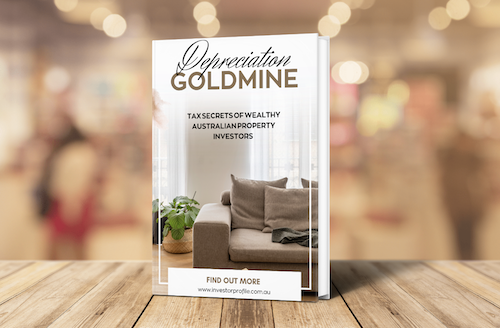Investment Property Financing Snapshot
Jennifer, her husband George and nephew Jeremy are exploring the purchase of an investment property in Queensland. Together they earn a gross annual income of $279,000, carry manageable debts and have $70,000 in savings. Based on their cashflow and the industry’s standard serviceability tests, their borrowing capacity is estimated between $400,000 and $500,000.
1. Financial Overview
- Combined Income: $279,000 p.a.
- Jennifer (self-employed): $102,000
- George (PAYG): $85,000
- Jeremy (PAYG): $92,000
- Rent: $1,600 per week ($83,200 per year)
- Car Loan: $1,000 per month ($12,000 per year)
- Savings: $70,000
- Dependent: One 14-year-old granddaughter
2. Income and Net Earnings
After applying 2025 tax rates and Medicare levies, their combined net income is approximately $177,000 per year, or about $14,762 per month.
3. Expenses and Liabilities
Monthly outgoings include rent, car repayments and living costs for a family of four, totalling roughly $11,266. This leaves around $3,496 each month available for home-loan repayments.
4. Borrowing Capacity and Stress Test
Most lenders apply a notional interest rate of around 9.5% over a 30-year term when assessing new applications. With a repayment buffer of $3,496 per month, their serviceable loan amount falls in the $400,000–$500,000 range.
5. Deposit and Loan-to-Value Ratio (LVR)
- With $70,000 saved, they can meet a 10% deposit plus borrowing costs on a $500,000 property (though Lender’s Mortgage Insurance may apply).
- To avoid LMI altogether, a 20% deposit (approximately $100,000) plus stamp duty would require additional funds – around $125,000 in total.
6. Co-Ownership and Eligibility
Adding Jeremy to the loan application increases total income and borrowing power, but some lenders scrutinise non-spousal relationships (aunt-nephew) more closely. They should:

Discover the #1 tax secret wealthy Australian property investors use to grow their portfolios faster — even in a high interest rate environment.
- Learn how to turn wear and tear into wealth
- See real examples of $15,000+ first-year deductions
- Understand how to structure your purchases for maximum after-tax ROI
Download Your Free Wealth Building Guide
This ebook reveals how to legally slash your tax bill while building long-term wealth through property. Learn the strategies savvy investors use to gain an edge — even before settlement.
- Maximise tax deductions and improve cash flow
- Understand Division 40 vs 43 and how to claim both
- Position yourself to reinvest and scale faster
- Choose a lender that explicitly accepts their co-borrower structure.
- Agree on ownership percentages and long-term plans before signing.
7. Strategies to Boost Borrowing Power
- Grow Savings: Top up the deposit to at least 20% to avoid LMI and meet certain lender criteria.
- Reduce Debts: Paying down the $30,000 car loan will free up additional repayment capacity.
- Compare Lenders: Some banks and non-bank lenders offer more lenient debt-to-income ratios and co-borrower policies.
Conclusion
With prudent lender selection and a modest increase in savings, Jennifer, George and Jeremy are well placed to secure finance in the $450,000–$550,000 bracket. Engaging an experienced mortgage broker will help them identify the best lending options and structure their loan efficiently.
Need assistance evaluating Queensland suburbs or rental yields? Reach out for tailored advice, and don’t forget to explore our property tax strategy advice to optimise your investment returns.


